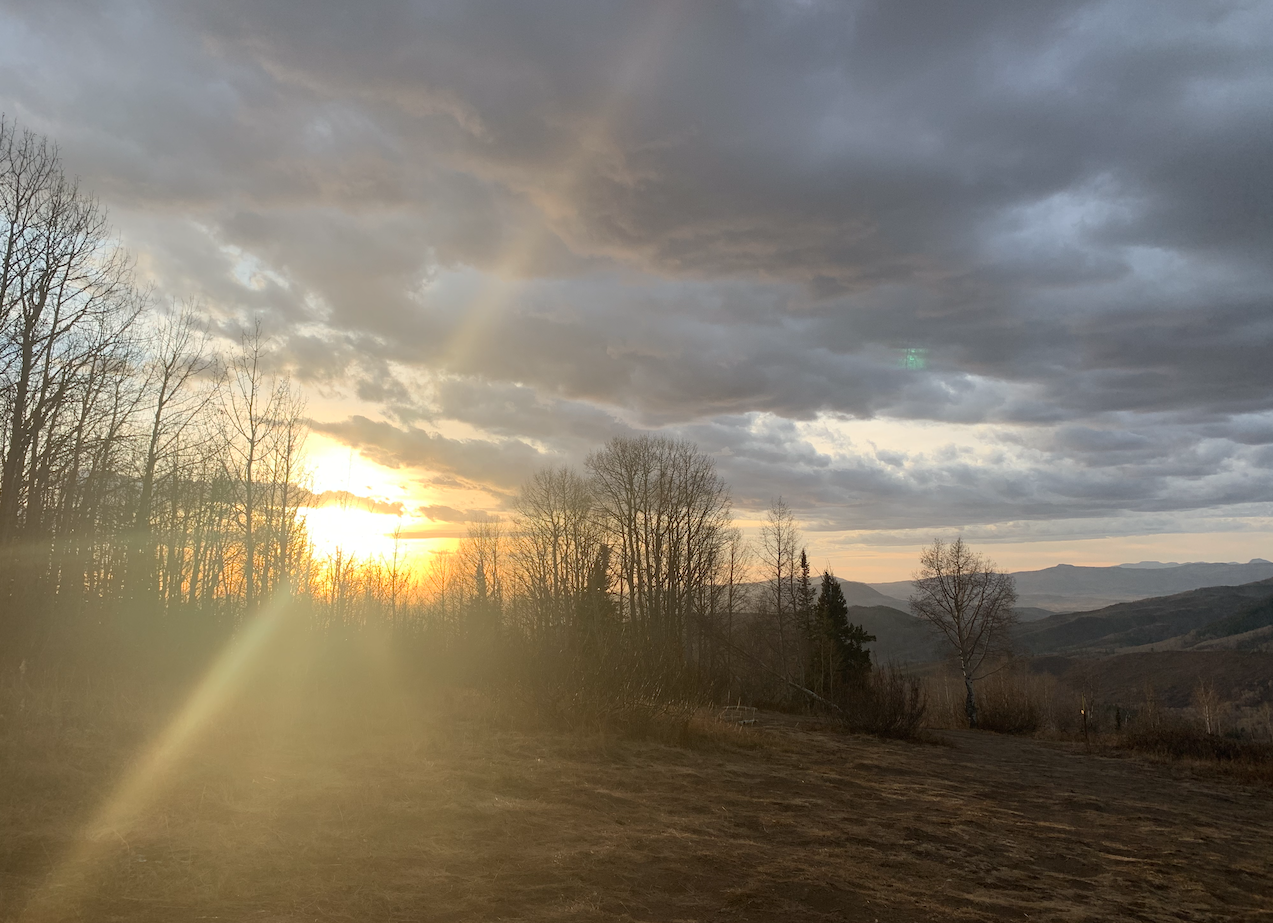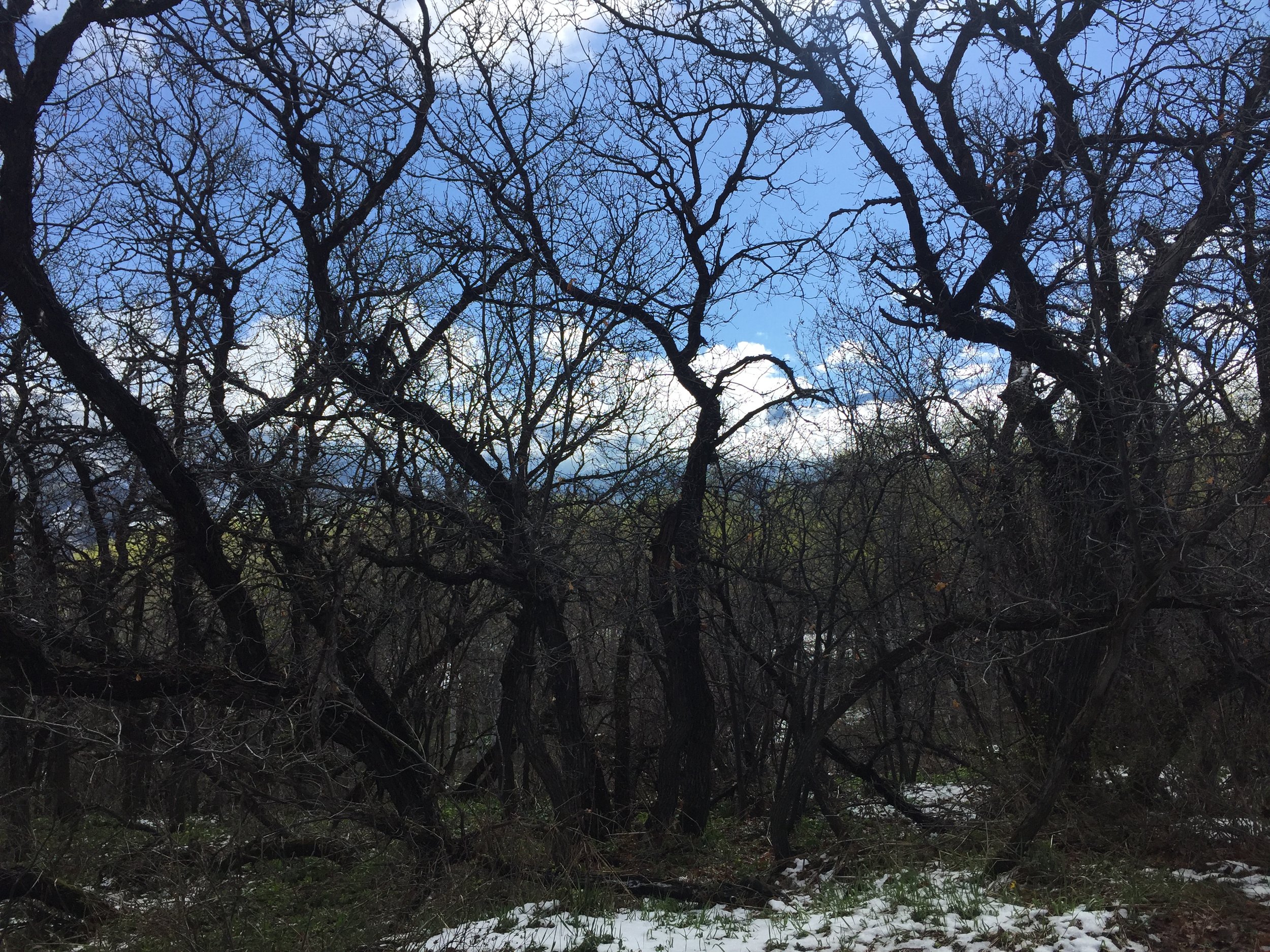You’ve likely walked by these scraggly trees, lichen nestled in the knobs and ridges of their dark bark. They’re the last trees to sprout green leaves in spring, forming a low, tight canopy overhead. By autumn, their leaves turn orange, complementing the golden aspens. And finally, as winter settles in, tangles of black branches are exposed, giving our woods an otherworldly feel.
They go by many names: scrub oak, oak brush, white oak. Quercus gambelii, formally. Which in turn is shortened into their common name: Gambel oaks.
That is the name that caught my attention, for it points back to a budding naturalist whose own life was cut short by a twist of ill fate. A twist not unlike the turning branches of the tree itself.
William Gambel was born near Philadelphia in 1823 to an impoverished Irish family; his father died when he was nine. At age 16, he joined naturalist Thomas Nuttall on a collecting trip in North Carolina. The trip sparked an interest in the world around him, and a few years later, Gambel set off for California, crossing the country by foot and observing plants and birds and other animals along the way. He was 18 years old.
He collected along the California coast and eventually returned to the east coast, became a physician and married, then decided to head back to California to begin his medical career – after all, it was 1849 and the Gold Rush was on. He made a plan with his wife: he’d establish his practice, then she would travel out to meet him. And finally, he began the long journey west with a small group of settlers for company.
But their pace was a bit quick for his liking: after all, there were so many species to observe and record. So Gambel made a fateful decision to join a slower-moving group. It would give him more time to collect samples. It would also turn out to be his demise.
The group was excruciatingly slow. They didn’t make it to Nevada until the end of fall, and worry built as they realized winter was at hand. They were in bad shape. The long autumn months had been dry. Most of their cattle and horses had been lost. But with no motel to check into, they pushed forward. They hit the eastern edge of the Sierras after the first snowfall and were certain they could make it no further. But onward they went.
Somehow Gambel and a few others survived the treacherous mountains, reaching a gold-mining camp on the Yuba River. But this was not the end to their struggles. For a typhoid epidemic had taken hold, working its way through the miners. Gambel, the good doctor that he was, stopped to help the sick. But his efforts were for naught as he soon caught typhoid himself and died. He was 26 years old.
His name lives on, in the scrub oak as well as Gambel’s Quail, mountain chickadee and a genus of lizard. It’s no wonder that, on early morning or late evening walks through stands of these low, twisted trees, I can’t help but imagine what it was like so many years ago, when so much land had yet to be explored, when every journey carried immense risk, and when so-called "small" decisions had the power to lead to life or to death.
____
Richard G. Beidleman | California’s Frontier Naturalists







